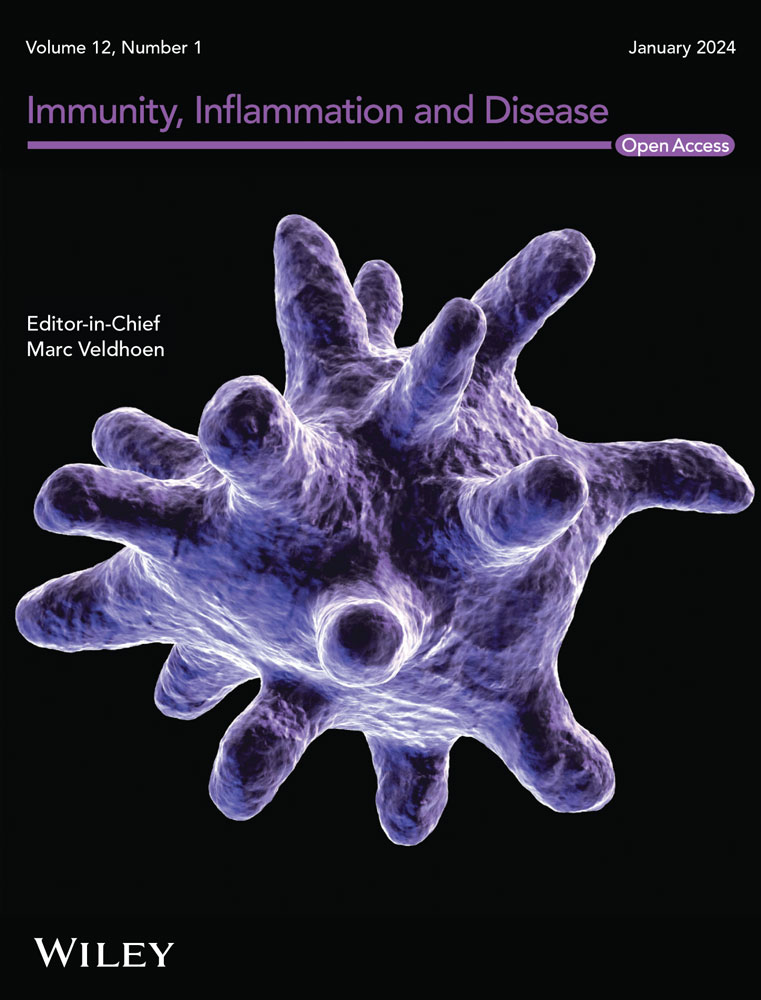Inflammatory Biomarkers as Prognostic Indicators for Intracranial Aneurysm Recurrence After Stent-Assisted Coil Embolization
Abstract
Background
The reappearance of intracranial aneurysms (IAs) after undergoing stent-assisted coil embolization (SACE) is a significant issue in clinical practice. In this study, we analyzed blood regulatory T-cell counts and plasma cytokine levels to assess the extent of systemic inflammation and investigate their potential association with the recurrence of IAs undergoing SACE.
Methods
A total of 189 individuals with 220 unruptured IAs were included in a retrospective study, with participants categorized into groups of occlusion and recurrence according to the Raymond–Roy Scale. Initially, a univariate analysis was used to identify distinctions among clinical data, morphological parameters, and preoperative plasma cytokine levels. A logistic regression model was built using variables with a significance level of p < 0.05, and the specificity and sensitivity of the chosen parameters were assessed through graphical and statistical analysis using receiver operating characteristic (ROC) curve techniques.
Results
In the group with recurrence, the plasma concentrations of IL-2, IL-10, IL-17, and IFN-γ were notably elevated compared to the occlusion group. Based on binary logistic regression analysis, it was found that the levels of IL-10 (odds ratio = 1.24, 95% CI = 1.06–1.46, p = 0.008), IL-17 (odds ratio = 1.45, 95% CI = 1.17–1.82, p < 0.001), and INF-γ (odds ratio = 1.28, 95% CI = 1.07–1.54, p = 0.007) were determined to be crucial independent indicators for the recurrence of IAs. The highest predictive accuracy recurrence risk, with an area under the curve of 0.761, was achieved through the combination of IL-2, IL-10, IL-17, and INF-γ.
Conclusions
Findings reveal indicate that elevated levels of plasma IL-2, IL-10, IL-17, and IFN-γ are consistently present in recurrent IAs, implying that the initial inflammatory levels in the body are a major contributor to the recurrence of IAs following SACE. The combination of IL-2, IL-10, IL-17, and IFN-γ may assist in predicting the likelihood of recurrence in IAs following SACE.


 求助内容:
求助内容: 应助结果提醒方式:
应助结果提醒方式:


